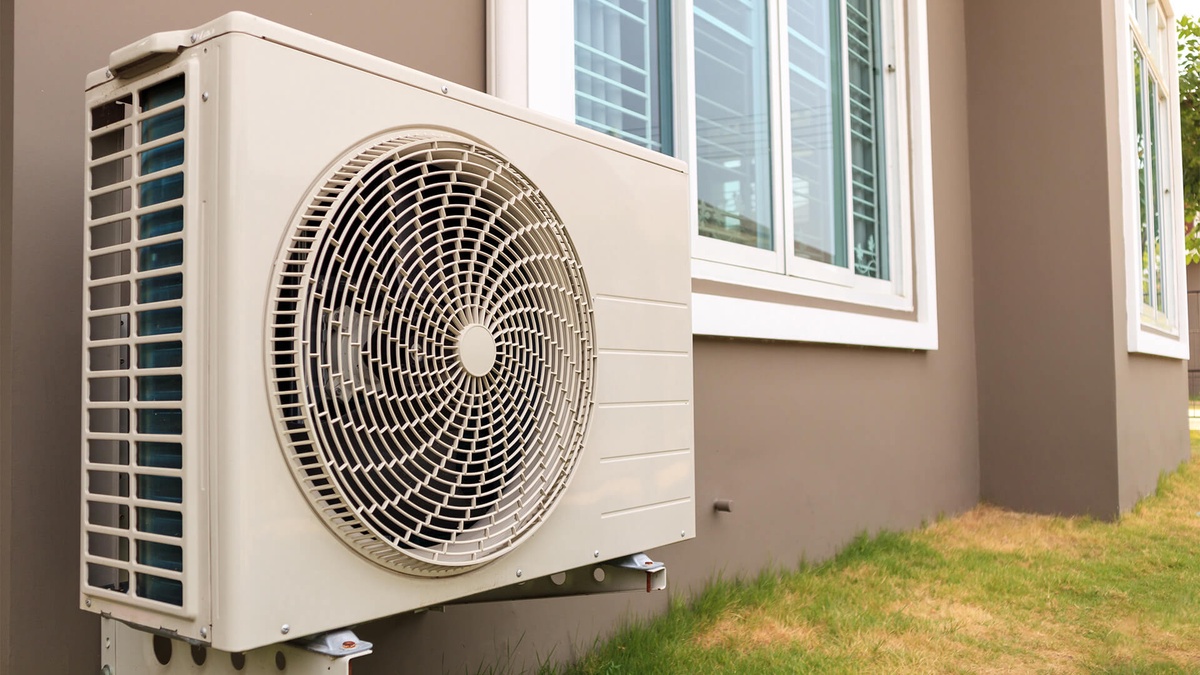When it comes to maintaining the optimal performance of your vehicle, proper tire inflation plays a vital role. An air compressor can be a handy tool to ensure that your tires are always in top shape. However, many people feel intimidated by this powerful machine. Fear not, for in this blog article, we will guide you through the process of using an air compressor for your tires. Sit back, relax, and prepare to become a tire inflation expert!
1. Gather the tools you need:
Before embarking on this tire inflation journey, it's essential to ensure you have all the necessary tools. Apart from an air compressor with a pressure gauge, you'll also need an appropriate air chuck, tire inflator, and a tire pressure gauge – trust us; they'll make your life much easier!
2. Check your tire's pressure:
To obtain perfect tire inflation, start by checking your tire's current pressure using a reliable pressure gauge. Consult your vehicle's manual for the recommended tire pressure, as it may vary depending on the make and model of your car.
3. Find a suitable location:
When it's time to inflate your tires, ensure you're in a well-ventilated area. Garages or open spaces work best, as they usually provide the necessary stability and safety precautions needed for this task.
4. Begin with safety first:
Safety always takes priority! Before connecting the air compressor to your tire, make sure the engine is off, and the keys are removed from the ignition. This simple step avoids any potential mishaps and keeps you safe throughout the process.
5. Connecting the air compressor:
Now comes the exciting part! Connect the air compressor's hose to the valve stem of your tire, ensuring it fits tightly and securely. Next, squeeze the handle of the air chuck to create a tight seal.
6. Inflate according to recommended pressure:
Here's where your tire pressure gauge comes into play again. Turn on the air compressor and carefully monitor the pressure gauge as you inflate your tire. Inflate in short bursts, checking the pressure frequently to prevent overinflation.
7. Monitor and adjust:
As you inflate, keep a close eye on the pressure gauge. Once you reach the recommended tire pressure, turn off the air compressor and disconnect the hose. Use your tire pressure gauge to double-check the tire pressure, ensuring it matches the recommended level.
8. Tighten the valve stem cap:
To seal the deal (quite literally!), don't forget to tighten your valve stem cap securely. This small step prevents any air leakage and keeps the tire inflated at the desired pressure.
Conclusion:
Congratulations! You have successfully mastered the art of using an air compressor for your tires. This newfound knowledge will undoubtedly prove useful in maintaining your vehicle's performance, improving fuel efficiency, and ensuring a safer and smoother ride. Remember, always consult your vehicle's manual for specific instructions and take necessary safety precautions.


No comments yet